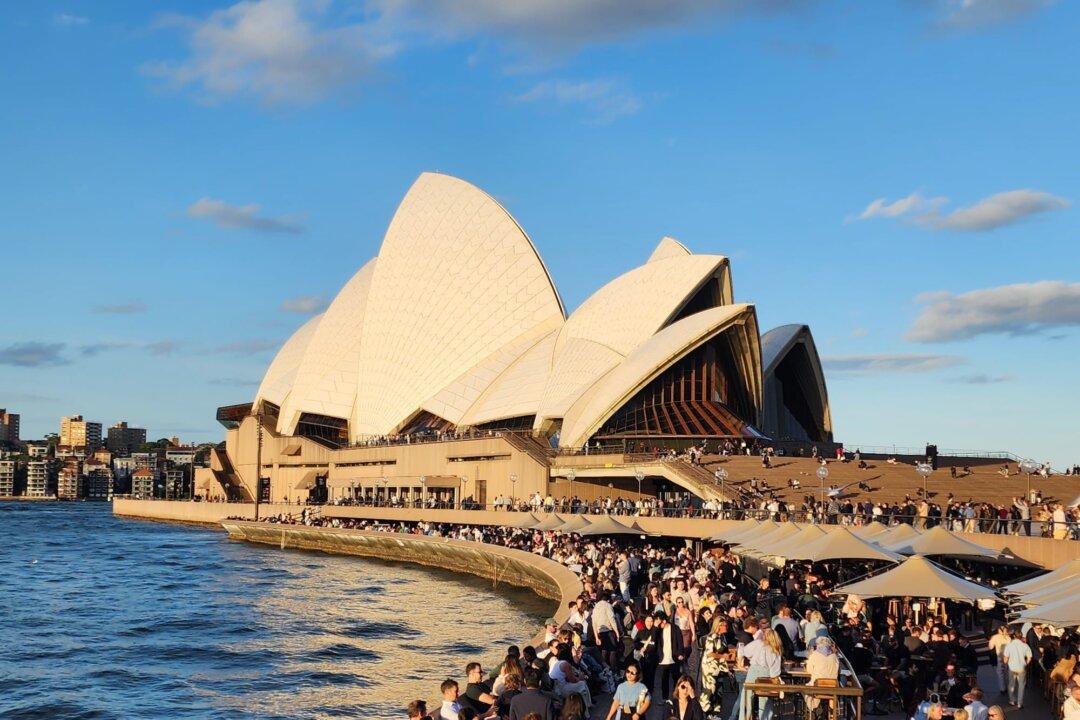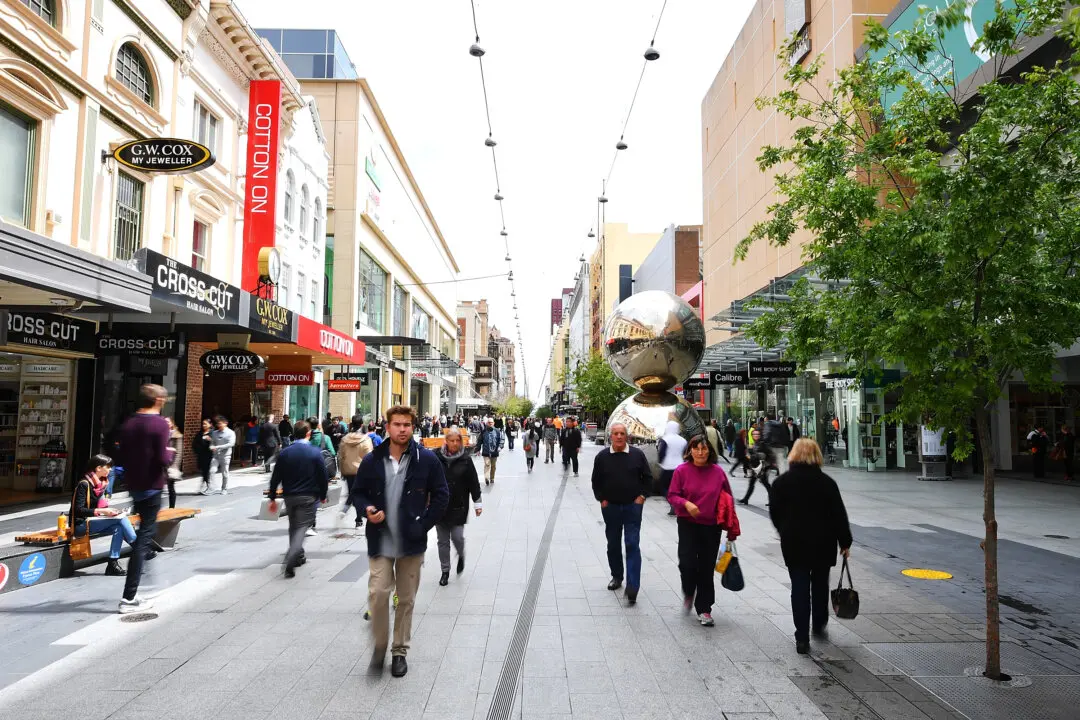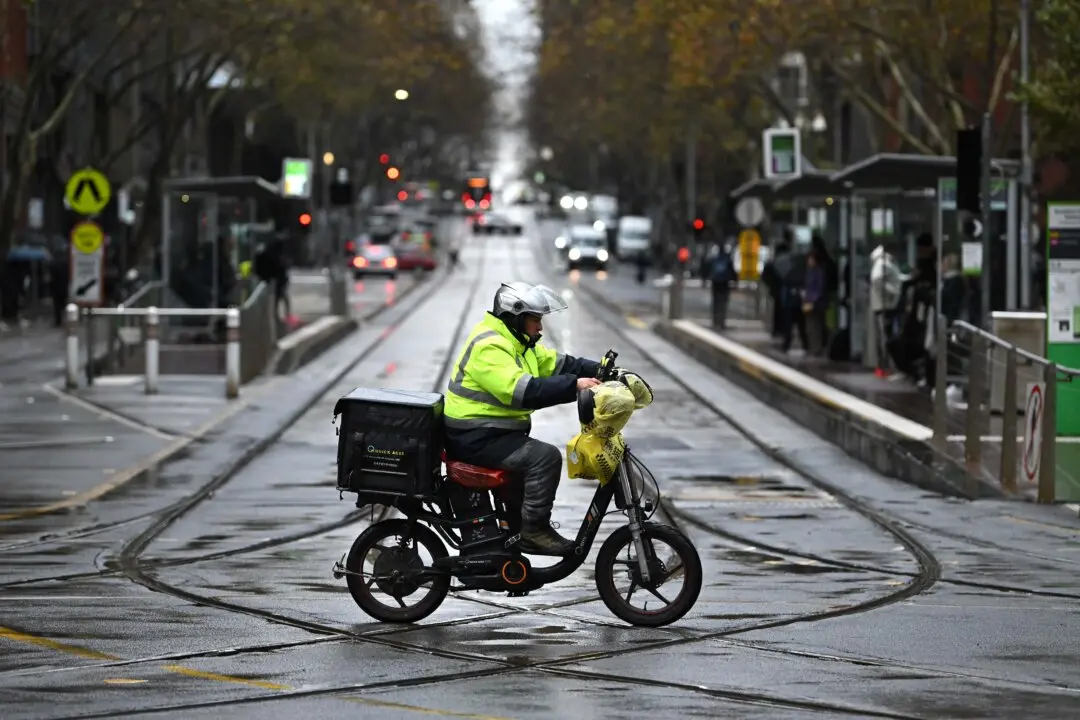Almost half of Australians believe that immigration is too high, a significant rise from the perception on the subject one year ago, according to a national survey by the Scanlon Foundation, an advocacy group for social cohesion.
Australia’s population hit 27.1 million people in March 2024, growing by 615,300 people compared to the previous year. Net migration contributed to 83 percent of this growth.





